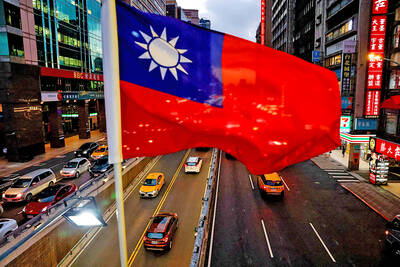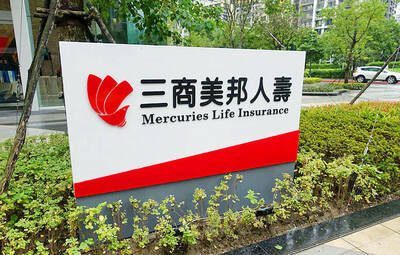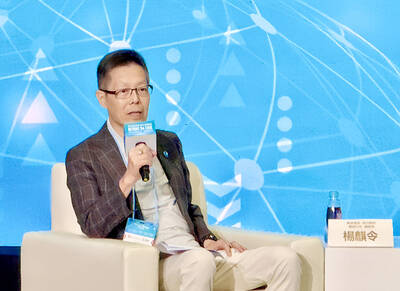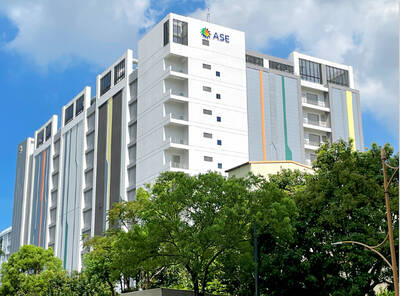China’s plan to encourage hundreds of millions of rural residents to settle in cities to boost growth faces opposition from local governments, according to Li Tie (李鐵), an official with the National Development and Reform Commission.
Li spoke at an urbanization forum in Beijing on Saturday where officials, researchers and company executives highlighted the challenges facing the leadership’s push, including the strain on local government finances, the dangers of overbuilding and the cost of scrapping the hukou, or residence permit system that denies migrants and their families the same welfare, health and education benefits as city dwellers.
Chinese Premier Li Keqiang (李克強) has championed urbanization as a “huge engine” for growth as he seeks to shift the world’s second-largest economy toward a model that relies on consumption rather than investment and exports.
As policymakers draft plans for the new leadership’s reform agenda ahead of a key Chinese Communist Party (CCP) meeting later this year, Li is grappling with vested interests that could stymie some of his plans.
“Nobody wants such a big group of migrants to be their neighbors and share their so-called civilized space. This is a conflict of interest,” said Li, director-general of the China Center for Urban Development. “We are facing rejection from the hearts of so many mayors and city elites who have enough ability to influence decision-making.”
One of the thorniest issues facing policymakers is who pays for urbanization — the cost of the physical infrastructure and the recurring annual spending on providing millions of new urbanites with healthcare, welfare and education services.
“Urbanization isn’t only about changing people’s residency, it’s about their overall development and an improvement in the quality of their lives,” Li Lianzhong (李連眾), head of the economy bureau at the Policy Research Center of the CCP’s Central Committee, said at the forum.
Ending the hukou system and replacing it with identity cards will signal a “victory of reforms,” he said.
Mao Daqing (毛大慶), executive vice president of China Vanke Co (萬科), the biggest developer by market value traded on the country’s stock exchanges, questioned whether China needs more towns and cities when most migration has been to China’s 70 biggest conurbations.
“These big cities interest people because they have more job opportunities, education opportunities and medical resources,” Mao said.
“Those other 610 cities can’t attract people even though they already exist,” he said, adding: “It indicates some of those 610 cities have problems or can’t survive,” he said.
Taking Beijing as an example, Mao said that assuming 700,000 people moved into the city each year, that could cost the local government at least an extra 77 billion yuan (US$13 billion) a year in urbanization-related spending, equivalent to doubling its annual land sales or a 25 percent increase in tax revenue.
“This is totally beyond the affordability of a local government, Beijing can’t afford it,” Mao said.
“We must guide big cities, develop medium-sized cities and unleash small towns,” he said.
More people lived in China’s towns and cities than in rural areas for the first time in the country’s history in 2011, government data show, with 691 million living in urban areas compared with 657 million in the countryside.
The urbanization rate will rise to about two-thirds by 2030, meaning about 13 million more people, equivalent to the population of Tokyo, will move to cities every year, the World Bank estimated in its China 2030 report published last year.

AI BOOST: Although Taiwan’s reliance on Chinese rare earth elements is limited, it could face indirect impacts from supply issues and price volatility, an economist said DBS Bank Ltd (星展銀行) has sharply raised its forecast for Taiwan’s economic growth this year to 5.6 percent, citing stronger-than-expected exports and investment linked to artificial intelligence (AI), as it said that the current momentum could peak soon. The acceleration of the global AI race has fueled a surge in Taiwan’s AI-related capital spending and exports of information and communications technology (ICT) products, which have been key drivers of growth this year. “We have revised our GDP forecast for Taiwan upward to 5.6 percent from 4 percent, an upgrade that mainly reflects stronger-than-expected AI-related exports and investment in the third

Mercuries Life Insurance Co (三商美邦人壽) shares surged to a seven-month high this week after local media reported that E.Sun Financial Holding Co (玉山金控) had outbid CTBC Financial Holding Co (中信金控) in the financially strained insurer’s ongoing sale process. Shares of the mid-sized life insurer climbed 5.8 percent this week to NT$6.72, extending a nearly 18 percent rally over the past month, as investors bet on the likelihood of an impending takeover. The final round of bidding closed on Thursday, marking a critical step in the 32-year-old insurer’s search for a buyer after years of struggling to meet capital adequacy requirements. Local media reports

TECHNOLOGICAL RIVALRY: The artificial intelligence chip competition among multiple players would likely intensify over the next two years, a Quanta official said Quanta Computer Inc (廣達), which makes servers and laptops on a contract basis, yesterday said its shipments of artificial intelligence (AI) servers powered by Nvidia Corp’s GB300 chips have increased steadily since last month, should surpass those of the GB200 models this quarter. The production of GB300 servers has gone much more smoothly than that of the GB200, with shipments projected to increase sharply next month, Quanta executive vice president Mike Yang (楊麒令) said on the sidelines of a technology forum in Taipei. While orders for GB200 servers gradually decrease, the production transition between the two server models has been

ASE Technology Holding Co (日月光投控), the world’s largest integrated circuit (IC) packaging and testing supplier, yesterday announced a strategic collaboration with Analog Devices Inc (ADI), coupled with the signing of a binding memorandum of understanding. Under the agreement, ASE intends to purchase 100 percent shares of Analog Devices Sdn Bhd and acquire its manufacturing facility in Penang, Malaysia, a press release showed. The ADI Penang facility is located in the prime industrial hub of Bayan Lepas, with an area of over 680,000 square feet, it said. In addition, the two sides intend to enter into a long-term supply agreement for ASE to